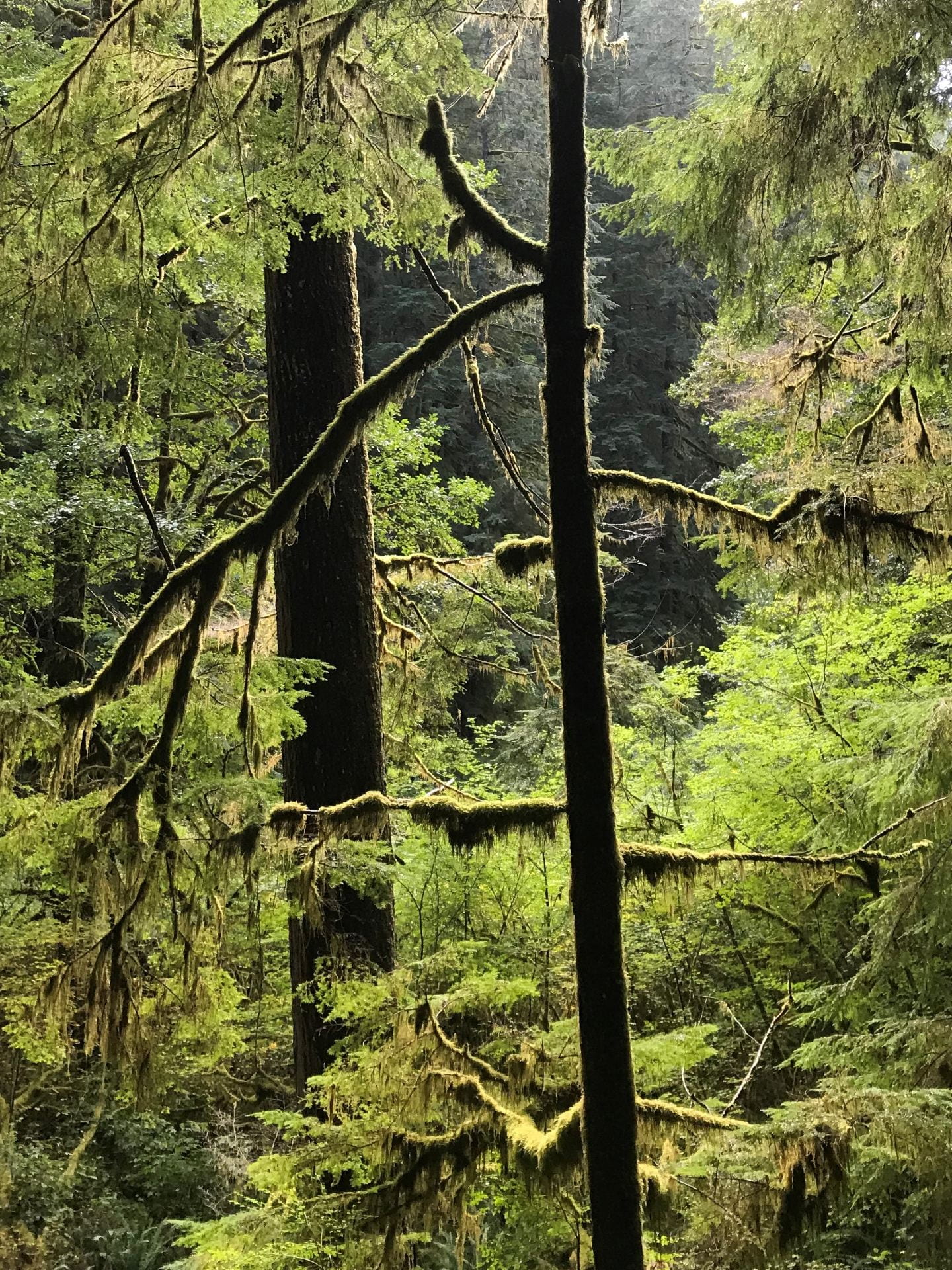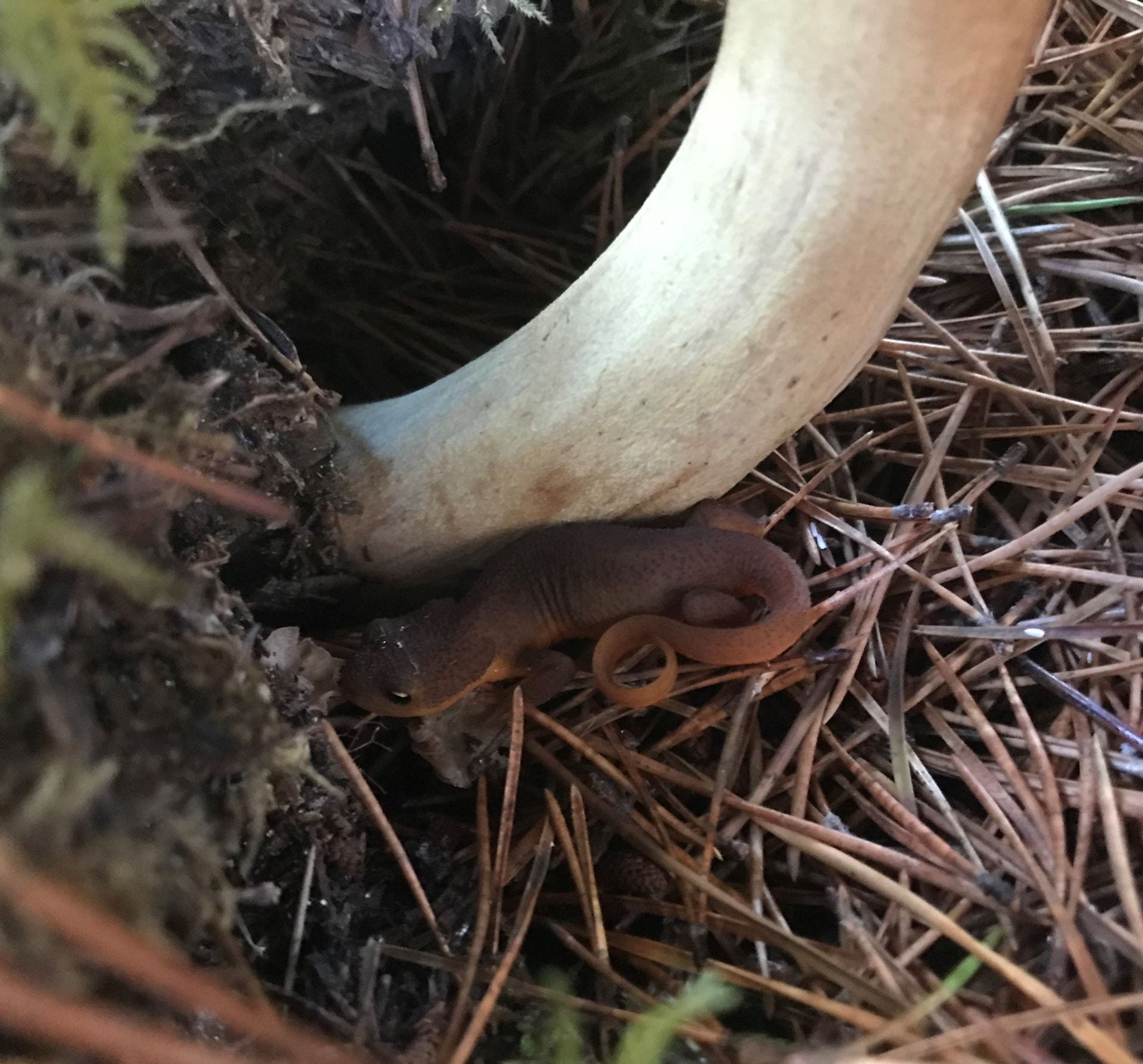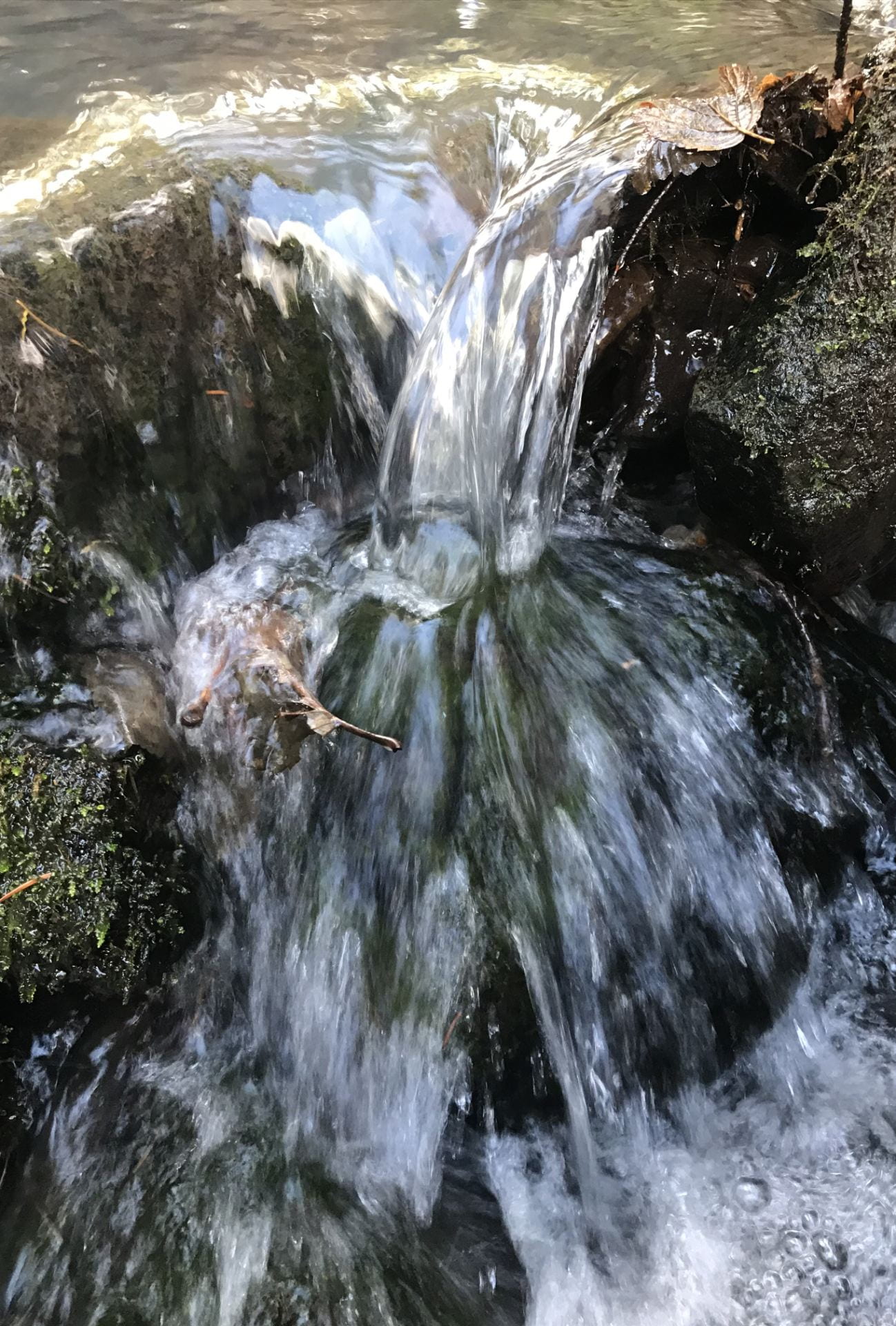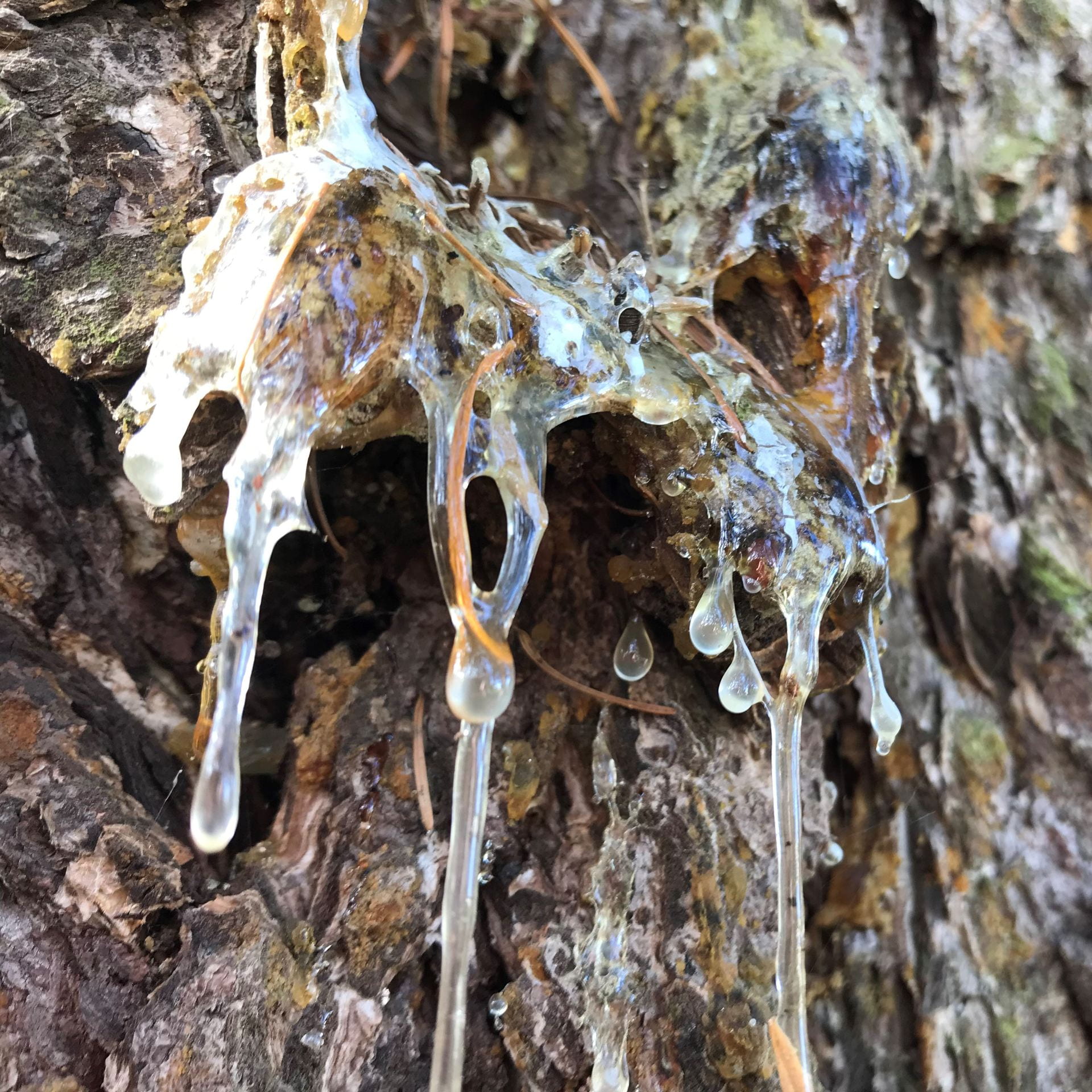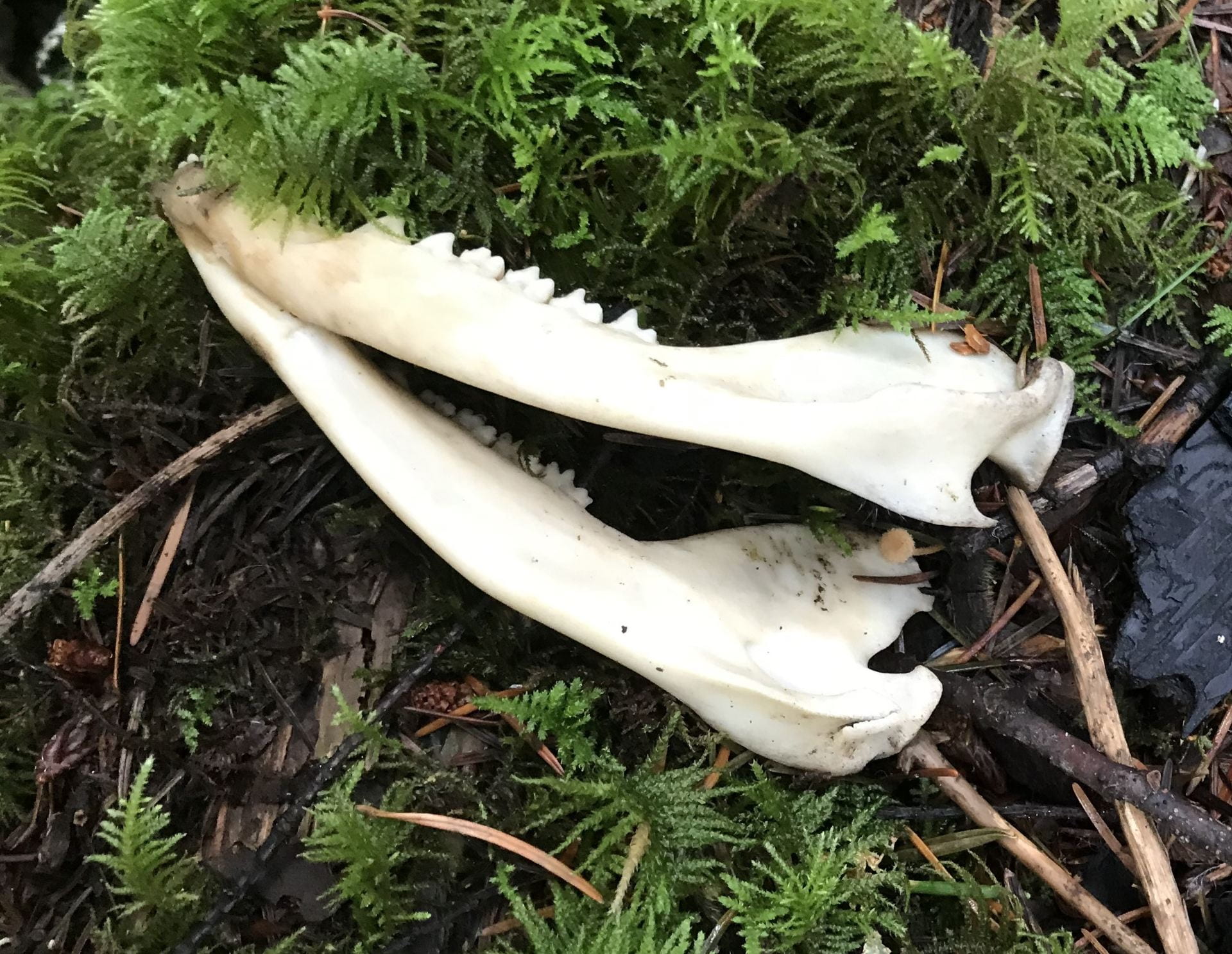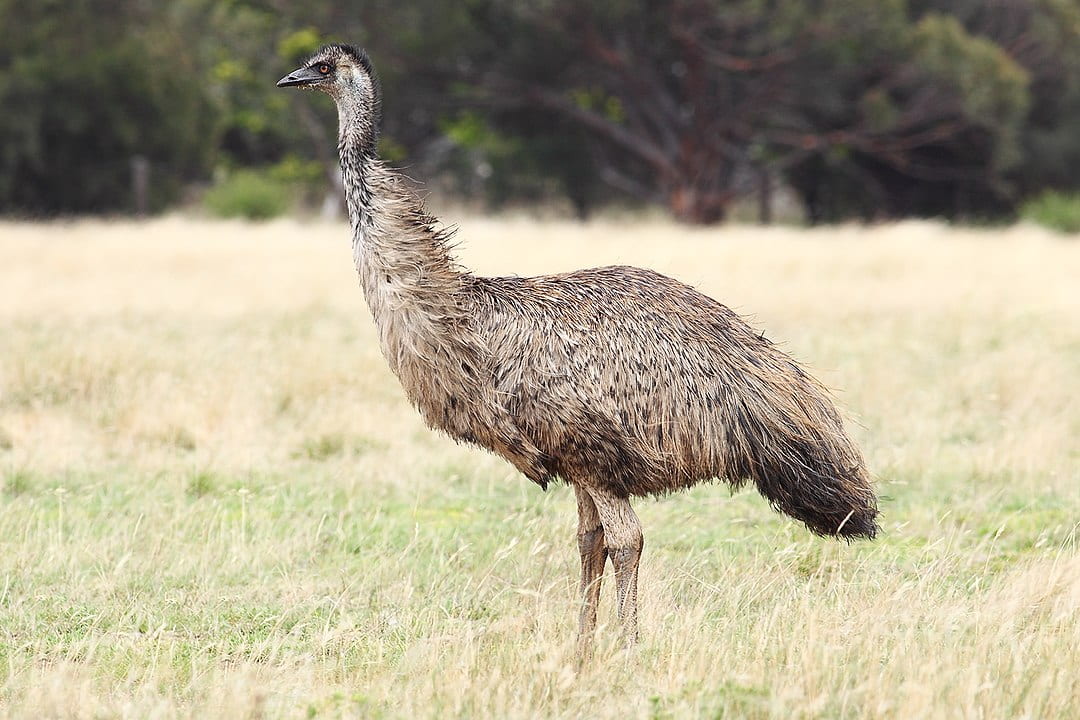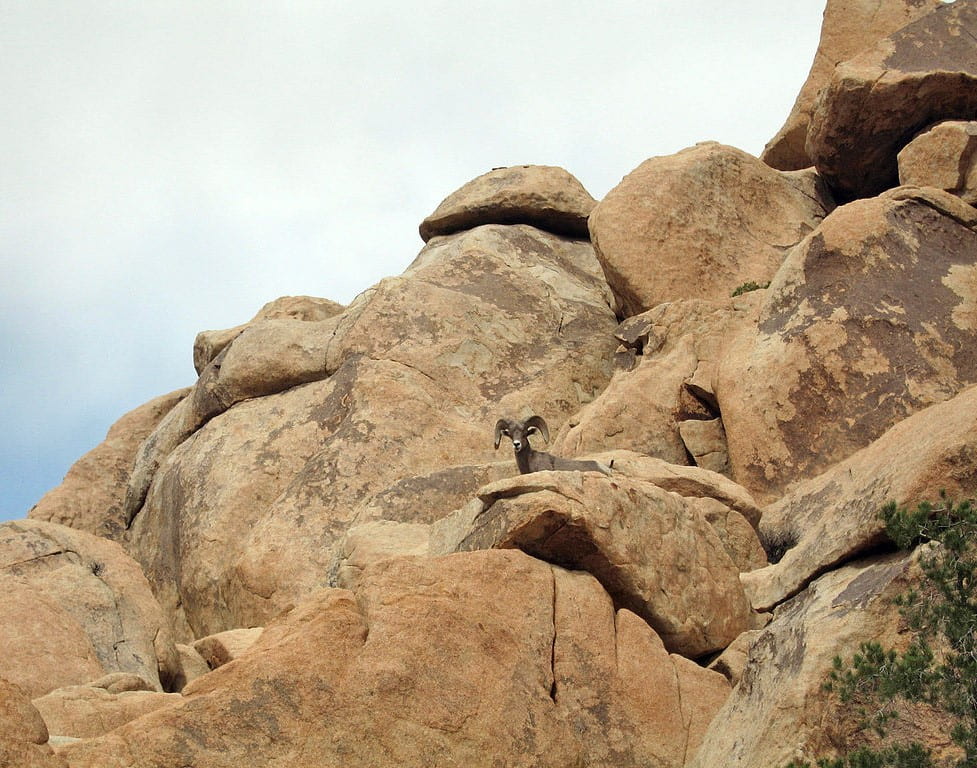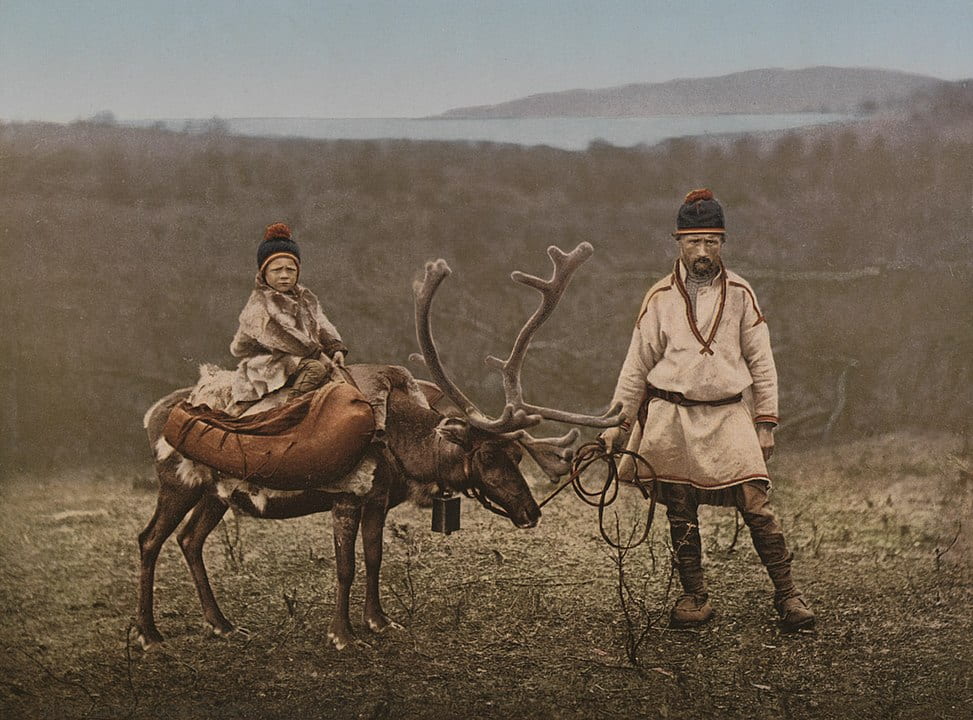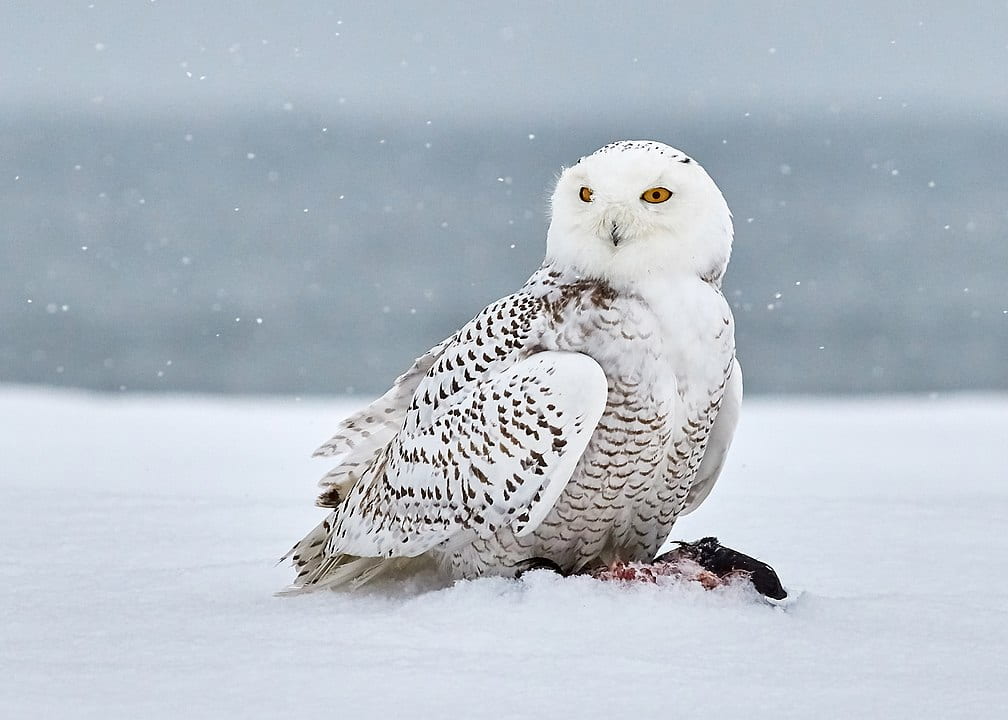Hunting Knowledge, Gathering Wisdom
Photo by Michelle Scalise Sugiyama
Talking Stories is an encyclopedia of traditional ecological knowledge encoded in hunter-gatherer storytelling. Rooted in deep oral traditions, these stories are literally voices from the past, speaking to us of subsistence strategies that sustained our species for tens of thousands of years. The narrative frameworks they use and the knowledge they encode are a world heritage, and the best models we have of the origins of literature and natural history. Contrary to popular belief, these “myths” are largely factual, based on centuries of detailed, empirical observations of the natural world. Their descriptions of local flora, fauna, and geography map entire ecosystems. This site is a guide to navigating these maps.
“The traditional ecological knowledge of Indigenous harvesters is rich in prescriptions for sustainability. They are found in Native science and philosophy, in lifeways and practices, but most of all in stories.”
—Kimmerer (2013:177)
Talking Stories explores oral storytelling as one of humanity’s earliest information technologies. For most of their existence as a species, humans have made their living as hunter-gatherers, which requires extensive, nuanced ecological knowledge. In the absence of writing, stories and other forms of symbolic behavior (art, song, dance, ritual, games) provided mnemonic frameworks for storing this knowledge, rules for faithfully copying it, and regular occasions for refreshing and transmitting it.
Photo by Michelle Scalise Sugiyama
“The myths were remembered to the smallest detail and passed on from one generation to the next. They formed the primary theme, not only of song and story, but also of ceremony and rite. The art forms of the aborigines—bark paintings, carved figures, cave paintings, and rock engravings—were not primarily aesthetic forms, but rather in part a method for depicting and preserving the myths.”
—Allen (1975:23)
Common Ground
Photo by Michelle Scalise Sugiyama
Talking Stories is an open educational resource (OER) dedicated to raising awareness of hunter-gatherer literary traditions and ecological knowledge, and encouraging their incorporation into Western teaching. To this end, it aggregates stories from diverse foraging peoples across the planet, explicates the ecological knowledge encoded in these stories, and guides users to additional resources. It is intended for use by educators seeking to integrate traditional Indigenous literature and natural history into their courses, and by students and researchers interested in the origins of literature, science, and cultural transmission. As Frazer wrote nearly 100 years ago, “a history of . . . science should begin with an account of mythology” (1930:v).
“In a sense, all myths are teaching myths. Among peoples who have never developed a system of writing, beliefs about origins and cosmology, customs, social attitudes, and many other kinds of information are transmitted by the spoken word in tales both dramatic and humorous that are told and retold from generation to generation. However, certain stories are obviously designed to pass on specific knowledge.”
—Laird (1975:18)
Narratives in the Encyclopedia are organized by region of origin. These regions are derived from Murdock’s Ethnographic Atlas (1967), which organizes the peoples of the world into six distinct areas: Africa, Circum-Mediterranean, East Eurasia, Insular Pacific, North America, and Central and South America. This schema enables cross-cultural comparison of themes, genres, character types, formal elements, and ecological knowledge domains represented in forager oral storytelling.
Photo by Michelle Scalise Sugiyama
Age Appropriateness
Photo by Michelle Scalise Sugiyama
This website is intended for all age levels: the stories included here were traditionally told to mixed-age audiences. Note, however, that some of these stories deal with subject matter considered “adult” or “graphic” in many Western societies, such as sex, violence, death, decay, and bodily functions. Note also that Talking Stories is designed for large-screen formats rather than phone or tablet viewing.
Table of Contents
Talking Stories charts a course to the origins of storytelling and natural history. It explores both the medium and the message, examining how stories encode knowledge and the knowledge they encode. Each page on the site is a way station on this journey.
Developing a more diverse and inclusive curriculum that is respectful of Indigenous knowledge and traditions while supporting equitable access to information.
The role that storytelling played in our hunter-gatherer past, and the factual information encoded in “fiction.”
Conceptual frameworks and formal elements key to unlocking the knowledge encoded in forager narratives.
Relationship between storytelling, memory, and planning: how stories travel through time and help us navigate the future.
The forager curriculum: the detail in which foragers observe the natural world and the diligence with which they monitor it.
Six domains of ecological knowledge encoded in hunter-gatherer storytelling.
Ecological cues foragers use to locate animal resources and predict their availability, and what these cues communicate.
Survey of forager botanical knowledge and the unique hazards posed by flora and fungi.
Use of celestial phenomena to anticipate the change of seasons, predict resource availability, and navigate the landscape.
Access to stories in the Talking Stories Encyclopedia.
Curated list of hunter-gatherer story collections for use in the generation of cross-cultural study samples.
Research, insights, and perspectives of Indigenous and Western knowledge holders on questions pertaining to the acquisition and transmission of traditional ecological knowledge.
Personnel involved in the development of Talking Stories, their roles, and contact information.
What’s New
Talking Stories is a serial publication. Check here for the latest developments.
New Research Tool!
Forager Folklore Bibliography
Michelle Scalise Sugiyama
This curated list of hunter-gatherer story collections can be used to generate samples for cross-cultural studies of oral narrative and associated phenomena. Others may find it helpful for reconstructing traditions that have been attenuated or lost through colonial practices . . . MORE
Blog Posts
Universal Games: Hoop and Pole
Michelle Scalise Sugiyama
Like play fighting and chasing, throwing play is pervasive cross-culturally. In hunter-gatherer cultures, one of the most common throwing games is hoop and pole and its cousins, chunkey and snow snake . . . MORE
Hunter-Gatherer Chase Games
Michelle Scalise Sugiyama
Chase-based play is one of the most common forms of locomotor play in humans and non-human animals. This behavior simultaneously evokes the adaptive problems of predator evasion, hunting, and conspecific attack . . . MORE
Comparative Ethnoastronomy
Kamilaroi & Euahlayi Astronomy
Michelle Scalise Sugiyama
One of the most important figures in Kamilaroi and Euahlayi astronomy is the Emu in the Sky. This constellation is unusual in that it consists of nebulae—gas and dust clouds–rather than stars . . . MORE
Chemehuevi Astronomy
Michelle Scalise Sugiyama
The pictures the Chemehuevi envisioned in the stars reference important economic activities. For example, the constellation Nagawɨ (Mountain Sheep), which corresponds to the stars in Orion’s belt, represents three mountain sheep being pursued by a group of hunters . . . MORE
Encyclopedia Entries
The Fight Against the Tschouds
Michelle Scalise Sugiyama
Many legends tell of the fights against a wild robber people, the Tschouds. The Tschouds used to rob the Lapps in order to force them to show them the way. In late autumn, when the nights had turned darker, a clever young Lapp hatched a plan for sending them to destruction . . . MORE
Raven and Owl
Averie Skeels & Michelle Scalise Sugiyama
Raven and Owl fought for a hare. Owl caught Raven by the throat with one of his claws. Raven cries, “Don’t you dare to eat my hare! I wish to eat it. I am the hunter,” because he is so fond of big talking. Owl was silent . . . MORE
